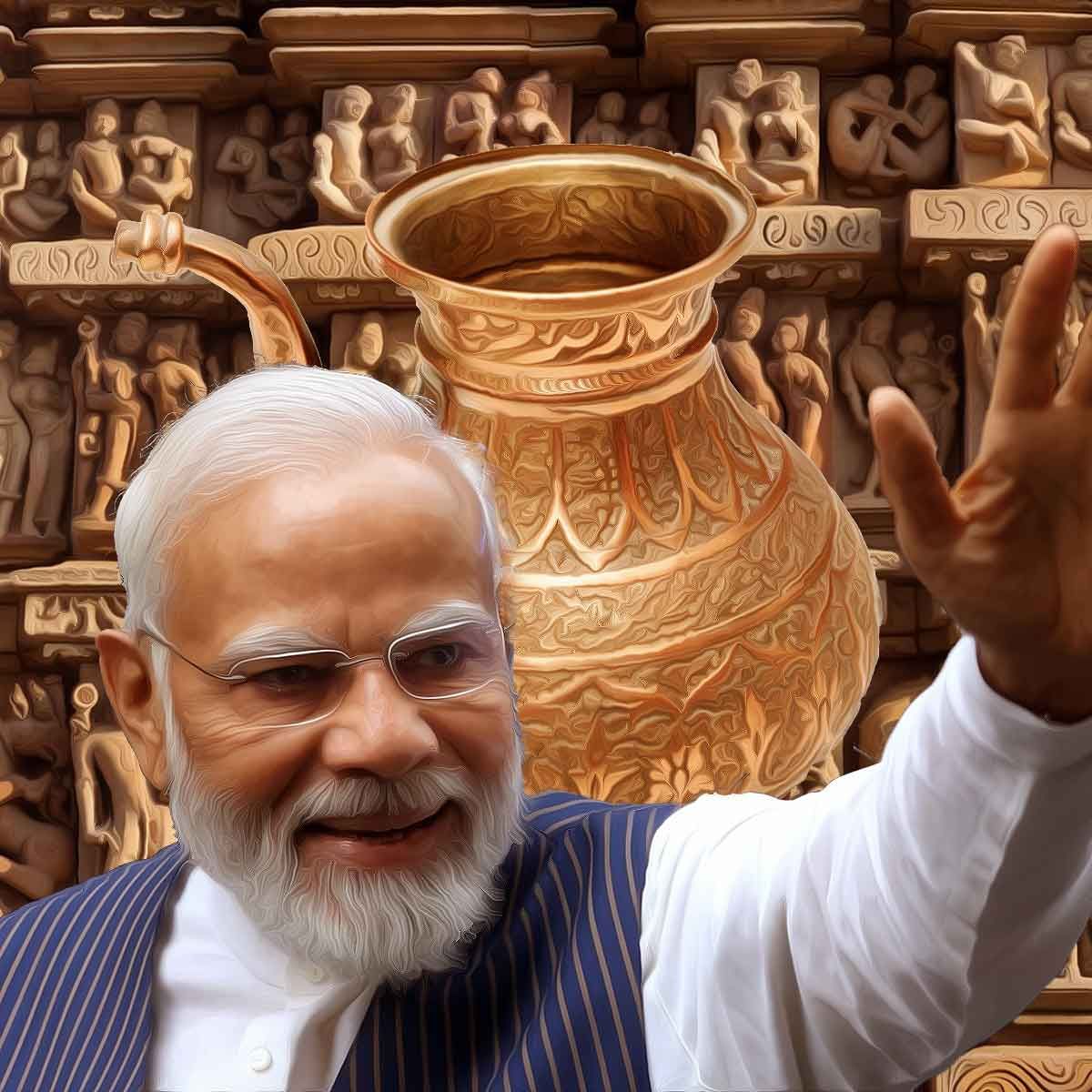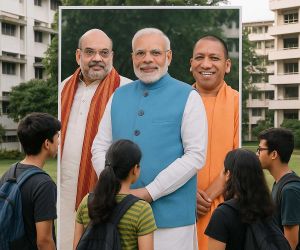|
It was a moment of relief and joy when 55 Afghan Sikhs and Hindus touched down at Delhi Airport on Sunday. This was a special moment these were the last remaining members of the communities in Afghanistan, now controlled by the Taliban.
The returning members were welcomed by Vikramjit Singh Sahney, the international president of the World Punjabi Organisation and a member of Rajya Sabha.
Here’s how the evacuation took place and what the returning members had to say about their time in Taliban-ruled Afghanistan.
|
The evacuation
On Sunday evening, 38 adults and 17 children, including three infants, landed at the Indira Gandhi Airport in the nation’s capital.
The return of these 55 Afghan Sikhs and Hindus was facilitated by a special aircraft operated by Ariana Afghan through the Shiromani Gurudwara Prabandak Committee (SGPC) Amritsar in collaboration with the Indian World Forum and the Indian Government.
The Ministry of External Affairs had granted them e-visas earlier and both governments facilitated their evacuation.
Earlier on 3 August, at least 30 Afghan Sikhs including children and infants, had arrived in Delhi by a non-scheduled commercial flight from Kabul that was operated by Kam Air. Prior to this, on 14 July, a total of 21 Afghan Sikhs — including an infant — were evacuated from Kabul to New Delhi.
Now, in India, these returning members will be rehabilitated in West Delhi under the initiative ‘My family, My responsibility’, which is run by Aam Aadmi Party MP Vikramjit Singh Sahney.
|
Puneet Chandok, president of the Indian World Forum (IWF), said that while this was the last batch of people to arrive from Afghanistan, there were still 43 Sikhs still in the Taliban-ruled country. He further stated that most who still remain in Afghanistan are there to protect and care for the Guru Granth Sahib.
The Taliban-led Afghanistan government has restricted the departure of saroops of Sri Guru Granth Sahib from Afghanistan.
|
On their arrival to India, the returning members recounted the horrors of living under the Taliban regime.
Baljeet Singh, who returned on the flight, was quoted as telling news agency ANI, “The condition is not very well in Afghanistan. I was imprisoned for four months. Taliban have cheated us, they butchered our hair in prison. I am thankful and happy to return to India and to our religion. There are 11-12 people left behind who will also return soon, I hope.”
|
Kirpal Singh (28), who lived in Kabul and ran a small store there, told Times of India, “I am happy that I have found safety for my family in India. I could never think of sending my children to school in Kabul, but now in India I can hope for a better future.”
Mansa Singh, a sevadar at Kabul gurdwara told ANI, “I would like to thank the Indian government and Prime Minister Modi to facilitate with e-visa and help us return to India. Besides, I would like to thank Vikramjit Singh Sahney and Puneet Chandok and all other organisations who made this a success; hence, we returned safely.”
“The situation of Afghanistan is not hidden, we have come here for the safety of our kids, and urge the Indian government to evacuate our other 30 brothers who are left behind in Afghanistan,” he added.
There were about 700 Sikhs and Hindus in Afghanistan prior to 2020. However, since the Taliban took over the country’s administration after the pullout of United States’ troops, they have fled the country, fearing prosecution and attacks from the hardline Muslim group.
‘Cheated and tortured by Taliban’
Some of them were under imprisonment before they returned to New Delhi with their hair butchered and pressured to convert to Islam. This has been a common form of torture for Afghanistan’s micro minority, the Sikh community which is all set to become extinct with just 22 Sikhs remaining in the country today. In 2021, an attack on a gurdwara in Kabul by Islamic State Khorasan Province (ISKP) also claimed 50 lives.





























